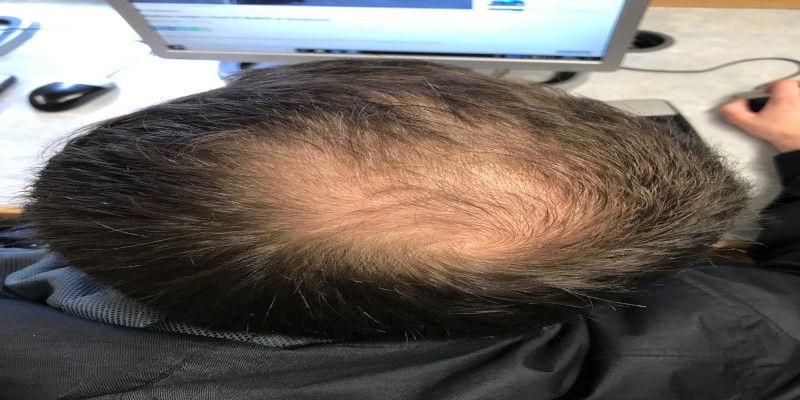How can I increase blood flow to my scalp naturally?
One of the most essential things to establish in order to grow more hairs, either on your scalp, beard, or anywhere else on the body, is good blood circulation.
So now the question becomes, how can I increase blood flow to my scalp?
To answer the question briefly already, exercising, drinking enough water, and a healthy diet are the most important things to get in order to improve blood flow to the scalp.
Yet, many more tips exist. Let me explain what other things we can do to improve our circulatory system.









